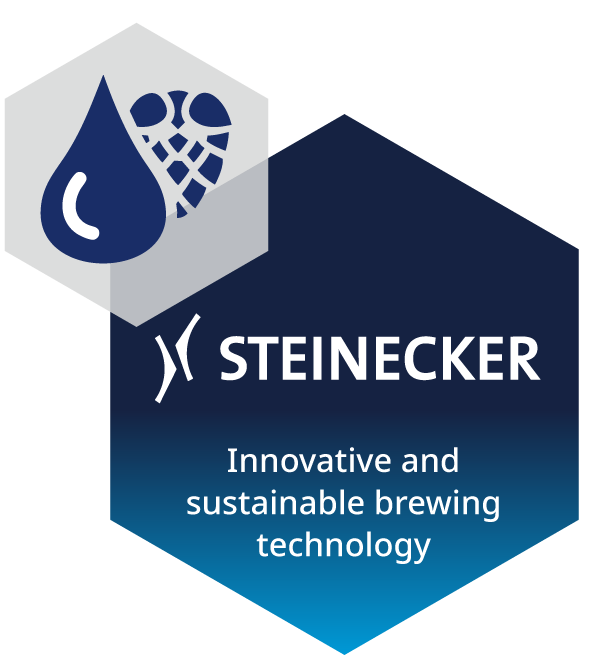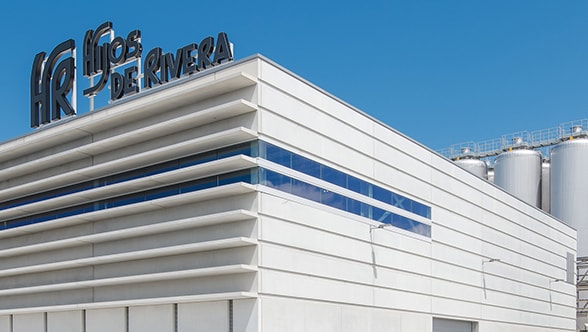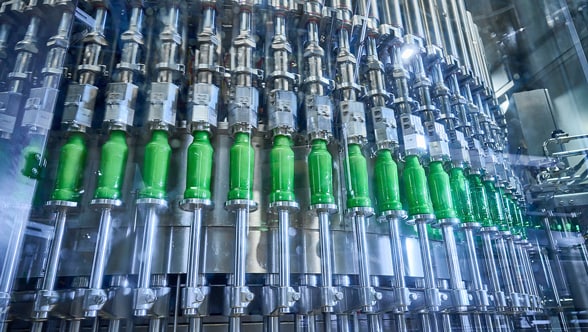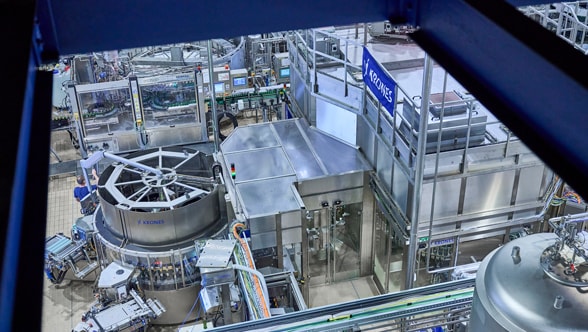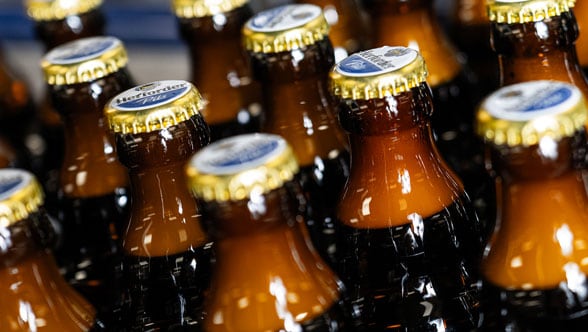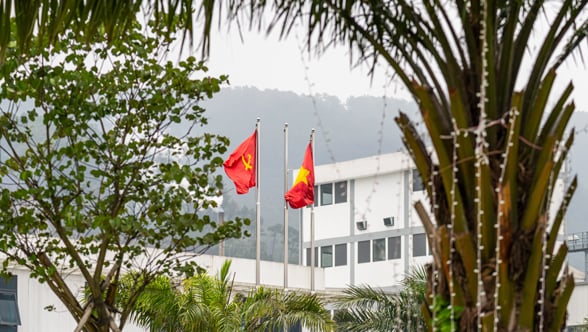Besides the lauter tun, the mash filter constitutes the second important alternative for separating solids and liquids in breweries. It is used for an estimated 30 to 40 per cent of global beer production because its technology offers a number of persuasive advantages, particularly for countries where beers are not brewed in line with the German Purity Law.
One important benefit: A mash filter allows brewers to use raw materials other than the conventional malt strains, including grist loads with a greater content of local cereals like sorghum, which is popular in African countries.


